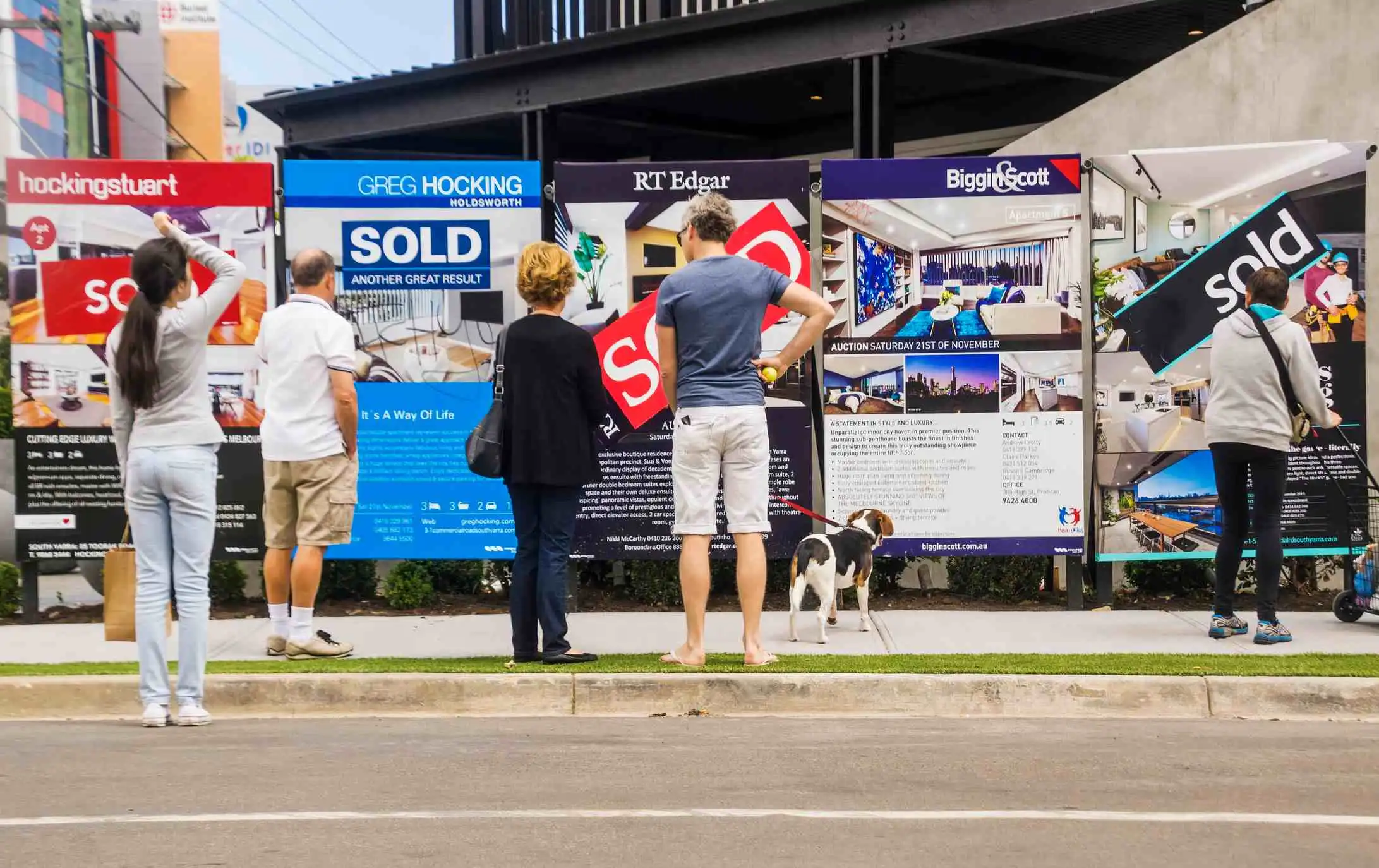How to achieve the best price in a slowing market
In uncertain times, with interest rates on the rise and national property prices softening, selling your house in a slowing market requires a different approach.
This doesn’t mean there aren’t strong opportunities for selling success, but you need a game plan that matches the market conditions.
Here are some key areas to focus on to ensure you get the best result for your sale.
1. Set a realistic price for your property
Setting a realistic and achievable sale price is crucial now that the FOMO-driven prices of 2021 are no longer the norm. As a seller, you want the best possible price for your property, but not at the expense of scaring people away.
In a slow market, it’s not uncommon for homes to sell for less than the original asking price, and that’s usually because the price was too high to begin with. Set a realistic price from the start to ensure you're attracting as many buyers as possible. You'll also save time on drawn out negotiations.
2. Being realistic about how long it will take for your property to sell
In a slowing market, be prepared to wait for the right offer as it’s likely your property will take longer to sell than it would under boom conditions. With an easing in demand and the absence of FOMO, buyers aren’t as motivated to put in an early and aggressive offer on your property.
With more choice in the market they’re also likely to be more strategic and prepared to ‘wait and see’. You can track this by looking at the days on market (DOM) metric for properties in your area, so you have some idea of what to expect.
3. Properties that don’t require a lot of work will sell faster and for more
If you want your property to sell as quickly as possible make sure you have taken care of any essential repairs and small touch up jobs like repainting walls, updating fixtures and minor landscaping.
Why? With supply chains smashed and inflationary pressures making trades more expensive and difficult to access, buyers don’t want to move into a property that is going to require a lot of work.
4. Research your market
No matter the type of market, take the time to go beyond the news headlines and understand the dynamics at play in your own local area. Remember, there isn’t just one big Australian property market, but rather thousands of suburbs across the country, each with their own unique drivers and conditions.
Your agent will also be able to help understand the most important market metrics that affect you and your property, and if it is the right time to sell.
5. Find a trusted agent and listen to their advice
Anyone could sell an umbrella in a torrential downpour, but could you sell one on a sunny spring day?
The same goes for agents and property. Local agents know what’s happening in your local market. They speak to buyers and sellers everyday, so will be able to tell you when the market is changing and advise you on what course of action to take. This could mean you have to pay them a little extra commission — but if you end up with a higher sale price, it's well worth it.
Compare top local agents to find the perfect fit for you.
6. Find your point of difference
In a slowing market, listings will typically rise, meaning buyers have plenty of choice. This means you need to work harder to emphasise the unique features of your property, so it stands out.
This is especially important if you’re selling in a new estate or in an area saturated with apartments where many of the properties have similar features. Buyers may be attracted to a listing because it has a separate laundry, outdoor courtyard or is in a complex which has a gym and/or swimming pool. Make those points of difference work in your favour.
7. Don’t scrimp on marketing and presentation
If you are tempted to minimise your outlay on marketing and presenting your home, don’t! Good presentation is critical for securing a good price regardless of the market conditions, and it could actually be more important during a time of weaker demand.
That means having a campaign that covers all the bases including a comprehensive online listing, print brochures and street signage. Depending on your interiors, staging your property could go a long way to tempting the right buyer.
8. Understand what method of sale makes the most sense in your market and for your property
Your method of sale is crucial to achieving the best possible sale price for your property. Whether you go to auction or not depends on your location, and what quartile of the market your property sits in.
Auctions tend to be favoured when a market is ‘hot’ and demand is high. Your agent will be able to advise what your options are, including the pros and cons of each method.
9. Offer flexible terms and don't rule out the first offer
In a hot market, you are likely to be inundated with offers with no need to adjust your terms of sale. Don’t expect this scenario in a slowing market, where buyers are likely to expect some wiggle room in the price or terms.
Instead of lowering the price, start by adjusting the terms of the sale. This might involve offering an extended settlement date or accepting a smaller holding deposit. You should also be prepared to consider the first offer put to you, as it may just be the best you get!
10. Time is of the essence
There’s no need to panic, but if you are seriously looking to sell, you need to begin the process early and make the most of the initial momentum of your campaign.
In a downturn, the market can change from week to week, so it may be advantageous to avoid delay. Also, if your property remains on the market for some time, buyers may assume there is something wrong with it or that it's overpriced.









